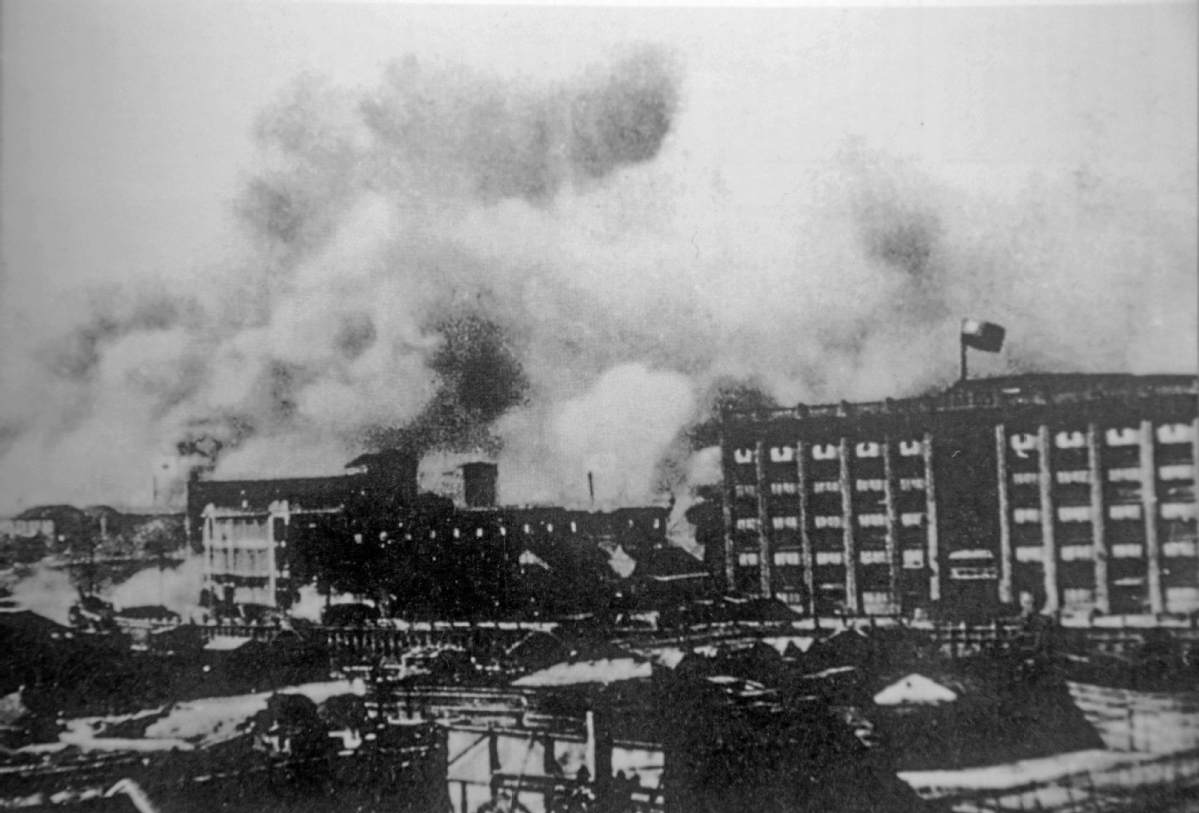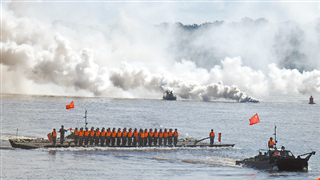
Army headquarters
When the war reached Zhabei, the Sihang Warehouse was used as the headquarters for the Chinese Army.
The 1937 battle caused some damage to the warehouse, but the structure largely escaped relatively unharmed. After the war, repairs were carried out and it continued to be used as a warehouse.
In the 1980s, the site was used for a time to sell furniture and then stationery.
In 2014, restoration work at the site, which was recognized as a cultural relic under municipal protection and is now under State protection, was carried out by Arcplus Institute of Shanghai Architectural Design and Research Co.
Chief architect Tang Yu'en and her deputy Zou Xun recently released a journal about the restoration project, in which they disclose some of the heated discussions concerning work on the much-damaged western wall.
They write, "If we had been unable to find the exact locations of the damage caused by the bombs and bullets, we would have preferred to restore it (the wall) to the way it looked in 1935, when the Sihang Warehouse had just been completed."
After investigating, the architects cautiously removed part of the paintwork from the western wall on the fifth floor, showing the structure had originally been built with red bricks, but that blue ones were used to repair it after the battle.
This evidence helped Tang and colleagues locate the damage caused in the battle, including eight large holes in the western wall from bombs and 430 from bullets.
Conducting a guided tour along Suzhou Creek, Zhu Yichen, a postgraduate scholar at Tongji University, told visitors of the structural changes made to the warehouse during the restoration work.
Architects removed the entire seventh floor and much of the sixth, both of which had been added to the main structure. "Now, when we look up at the warehouse, we see the five-story structure just as it looked in the 1930s," Zhu said.
Today, Suzhou Creek is seldom used by shipping. People take leisurely strolls along its banks, and Sihang Warehouse has become a landmark.
Lou Chenghao, an architectural protection advocate, said, "When we look up, we can only marvel at this enormous structure by the side of the creek."











